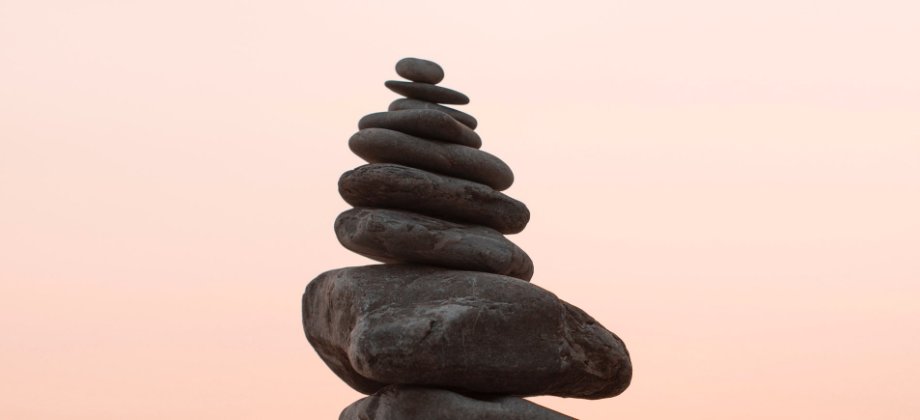
7 Tips to Help You Ground Yourself Before Teaching
One of my best friends, Stephen, is a resident neurosurgeon at the hospital of the University of Pennsylvania. He calls me every so often when he can between his busy night shifts at the hospital or even after arduous 10-hour surgeries. As of late, I think about how tired his eyes are and the life and death situations he brawls with on a daily basis. A couple years ago Stephen spent a year working under Atul Gawande, an American surgeon and author of numerous books including ‘The Checklist Manifesto,’ a simple yet groundbreaking book for neurosurgeons to prevent mishaps before surgery. Stephen’s experiences and Gawande’s book inspired me to write this article not only to help yoga teachers ground themselves before teaching, but also improve their own lifestyles and bring peace of mind to every breath.
Read more for 7 things every yoga teacher needs before teaching:
1. Don’t just be the best yoga teacher you can be. Be the best you.
Be present. Teaching is an extension of yourself so remember that this is one of the best times to be you. Evoke your voice and let your personality permeate your teaching. Your students will appreciate your honesty and so will you. Connect with yourself. The stronger your connection with yourself, the deeper you will be able to connect with your students.
2. A Warrior Never Rushes
Sometimes the best way to speed up, is to slow down. Meditation is a practice and one all too overlooked by yogis in their own lifestyle. As teachers, we’re often caught up with heading to the next studio to teach the next class. Don’t just plan to come to the studio early – make it happen. Connect with your students and take time with your cues and sequencing. Give students room to breathe and remember, sometimes less is more.
3. Comfortable Clothes and Two Hair Ties
Assuming your yoga studio has all the necessary props (mats, straps, blocks, etc.) all you have to worry about is yourself. It’s simple, but insanely practical. I always keep a change of clothes in the car, feminine products, hair brush, facial wash, floss, gum, and a small towel to keep myself feeling clean as a peach. A water bottle is always helpful as is timing bathroom breaks and meals before class.
4. A Playlist and an Aux Cord
Surprisingly a spare aux cord can save the day. Selecting music for your class can be tricky depending on your clientele, style practiced, or studio atmosphere. Use your best judgement to pick a soundtrack that allows your students to best connect with themselves. Whether its rhythmic, ambient, or even silent, just be mindful in that the music is not a distraction but used to complement the practice in a positive way.
5. Trail the Conversation and Give It Space
Be the guide to the journey. Connecting with yourself is only half the picture. To continue the flow of energy shared through your students, be receptive to not only the individual energies, but also the communal energy of the class. Whether it’s warming up, speeding up, slowing down, or giving a 15 minute savasana, don’t fixate on what you want, but more so what your students need that day.
6. Write Your Sequences Down
Writing sequences down doesn’t bind you to the rule. Instead it helps organize thoughts, cues, and flow so that you know where you’re going. Some of the best teachers I know hold not folders, nor binders, but books of sequences they’ve written down and collected throughout the years. They share them amongst each other via Google Docs or sometimes on a single loose-leaf paper. It’s more of a yogi diary and interesting to see how your sequences and style change over the years.
7. Life is a Continuum of Learning
‘Keep open-minded. Don’t make assumptions. Don’t judge yourself. Be patient. Fall in love with the process. You can do it. Nothing can stop you.’ These are all things I chant to myself throughout my day to keep me going. Feedback after teaching a class can be hard to hear but allow the criticism to make you stronger – allow it to help you progress. Listening, reflecting, and letting go is all part of the process. Teaching is only one spectrum of learning so remember to continue your own practice. The journey is just beginning.
Although yoga teachers are not neurosurgeons, nor are we put under the same stresses of a neurosurgeon, yoga teachers do have the ability to touch and change lives just as neurosurgeons do. This checklist doesn’t cover how to brand yourself, why we should always give modifications, nor does it touch on the subtle nuances of teaching a yoga class. What it does do is give a fundamental ground to build on.
Let this checklist guide you to create a seamless routine, prevent unnecessary hassle, and allow you to give your best to your students.






